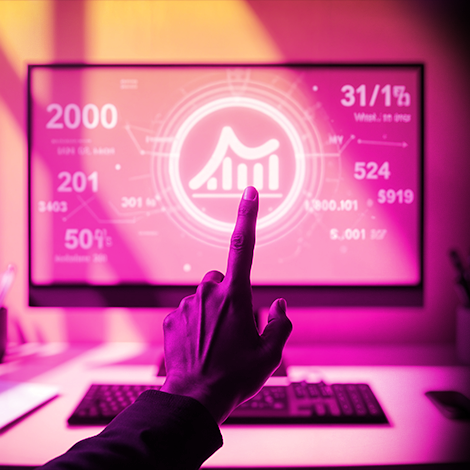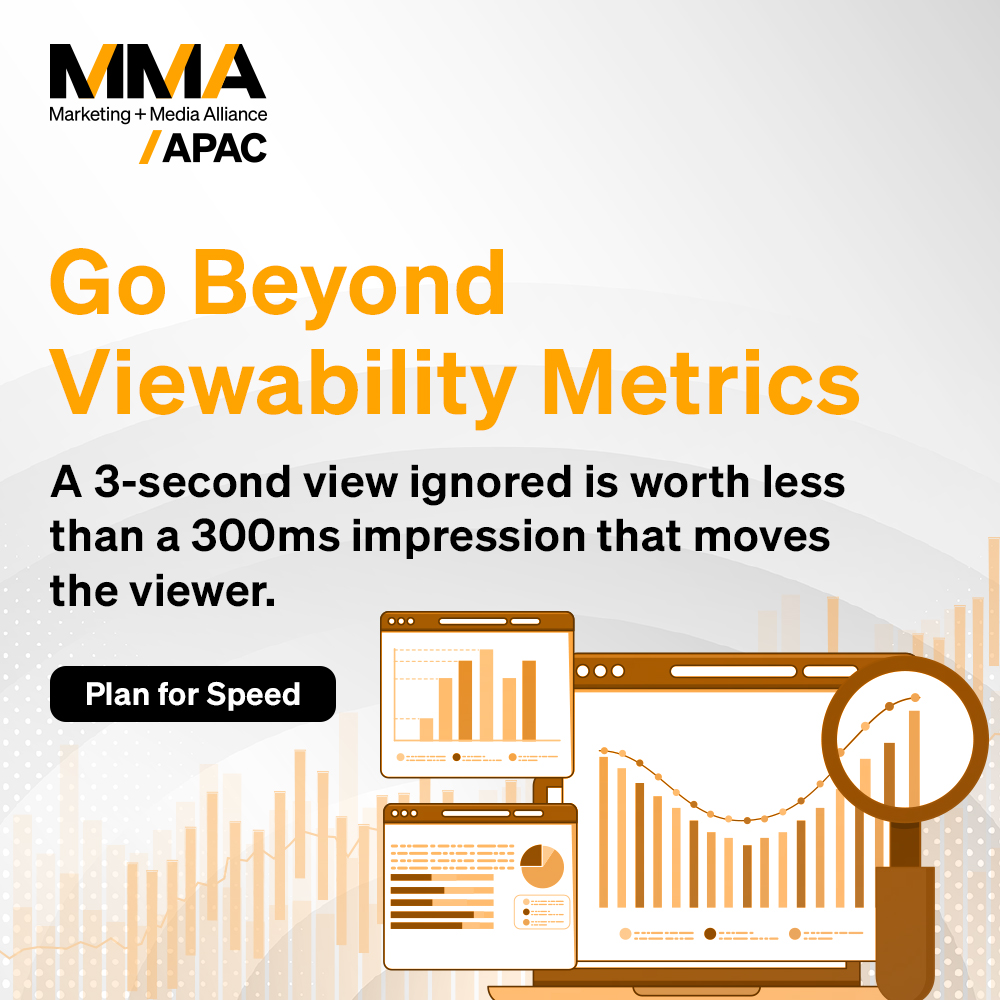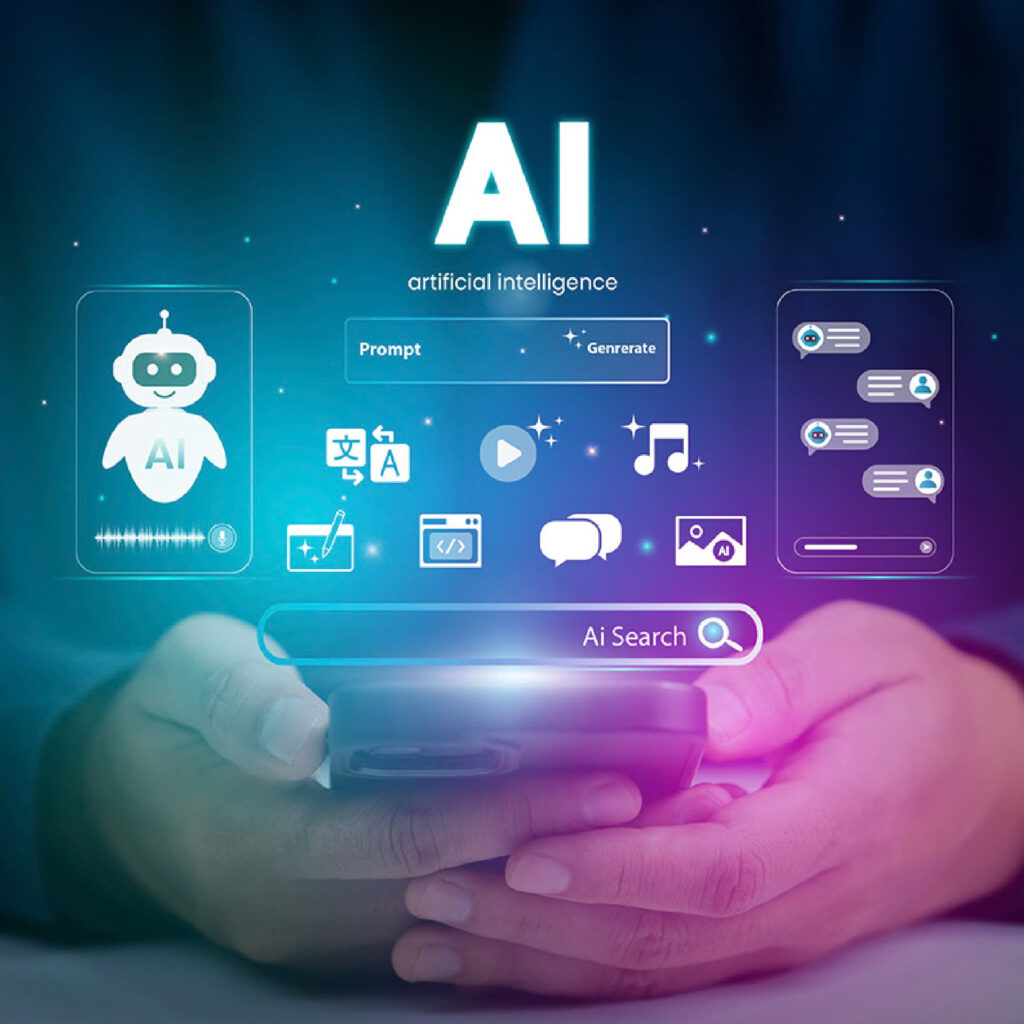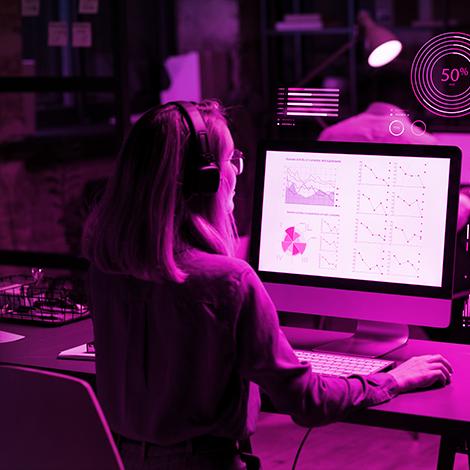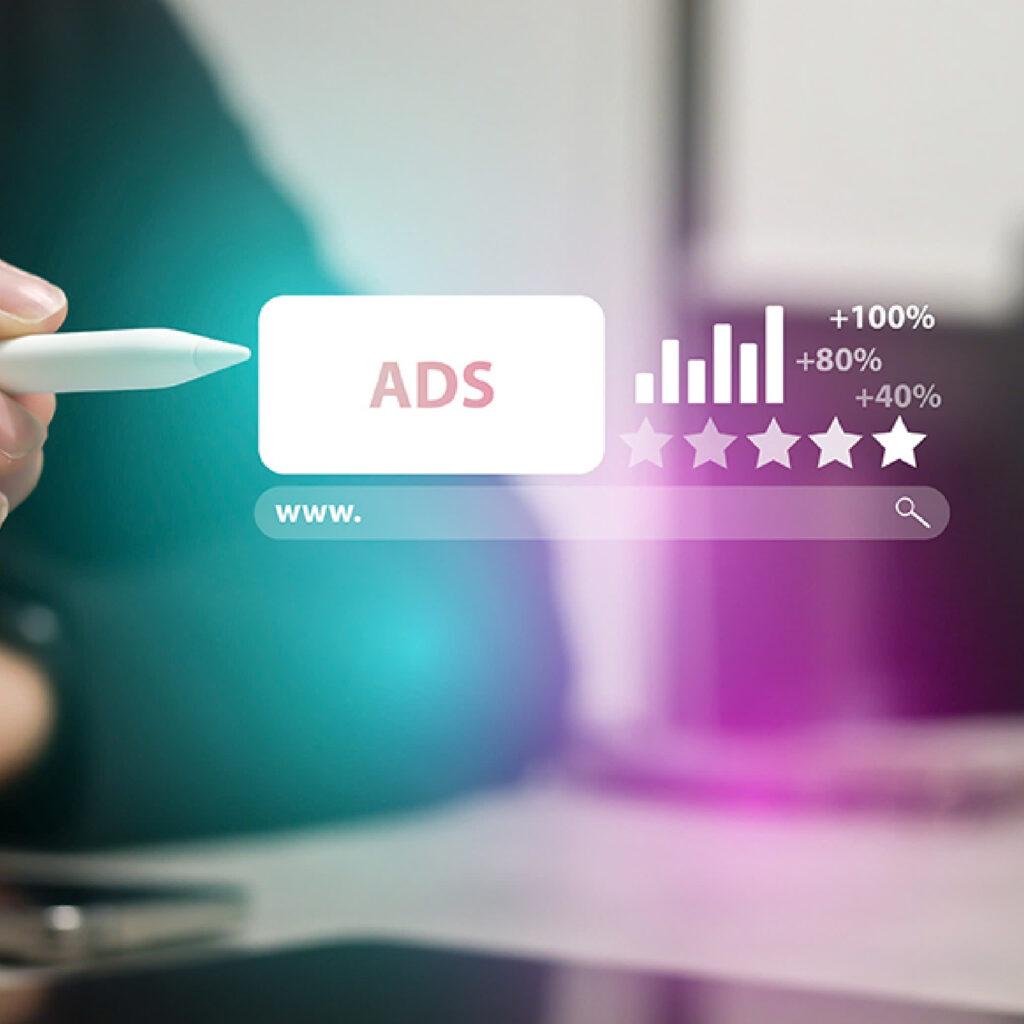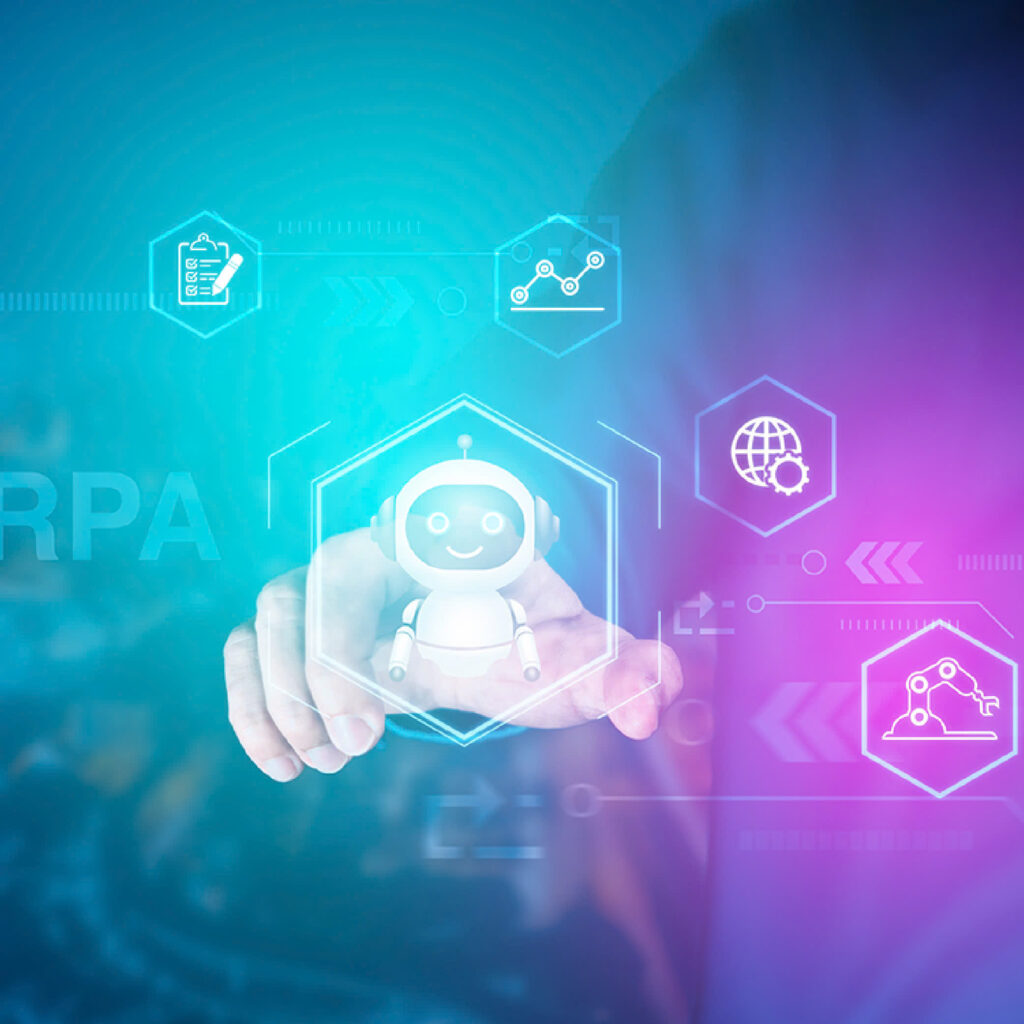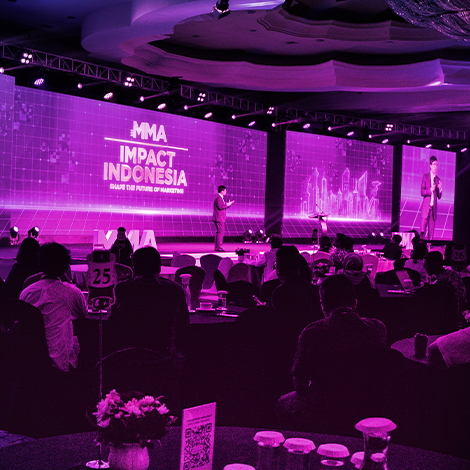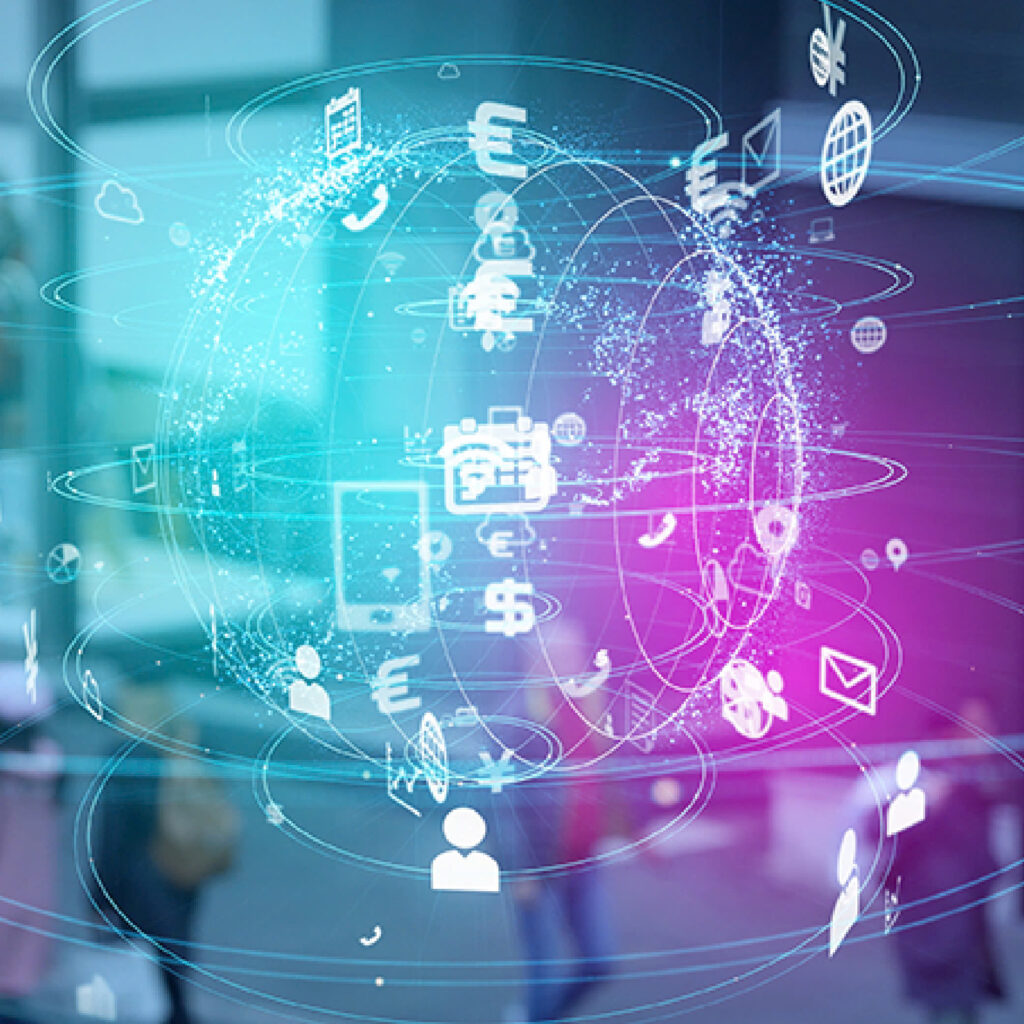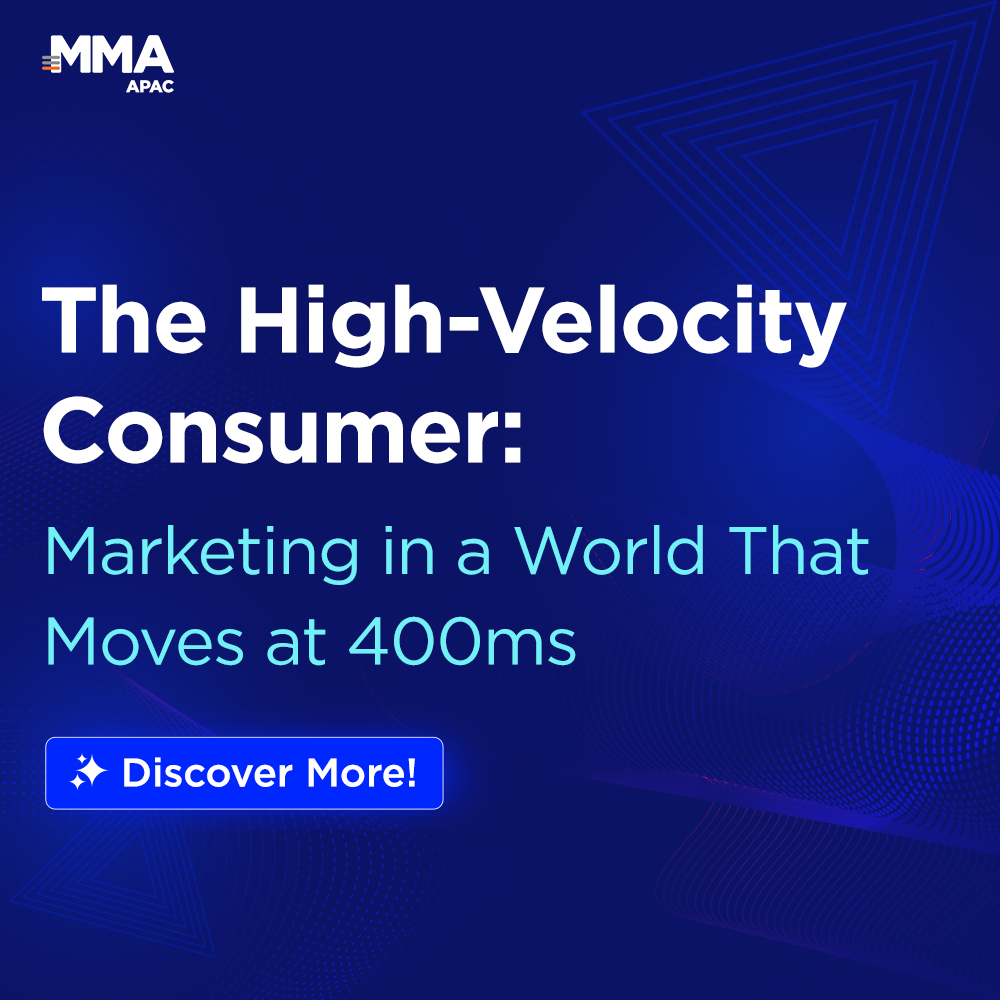
2025 wasn’t the dawn of AI, it was the year it became infrastructure. Across APAC, AI moved from isolated experiments into the daily workflows of creativity, media, and customer experience. Global AI-in-marketing investment surpassed US$47.3 billion, and 88% of marketers now use AI tools every day. The real shift took place where marketers began seeing where AI truly accelerates performance, where human judgment remains essential, and how the two must work together to drive scalable, responsible growth.
This article distills the breakthroughs that defined AI’s evolution this year and draws on insights from the MMA Global Consortium for AI Personalization to show what effective AI looks like in practice. For leaders shaping 2026 priorities, this is not a retrospective; it’s the blueprint for what comes next.
The 2025 Breakthroughs: What Actually Moved the Needle
If 2024 was the year AI captured imagination, 2025 was the year it reshaped marketing workflows. Across APAC, leaders moved from experimentation to operational clarity, shifting from “what AI can do” to “what AI should do.” Several breakthroughs defined this transition.
-
The AI-Human Partnership Became the New Standard
2025 was the year the industry stopped framing AI and humans as opposing forces. Creative teams blended human storytelling with AI-enabled scale, while media teams relied on automation to simplify complexity and refocus on strategy. CMOs embraced a simple truth: AI is an amplifier, not a replacement. This evolution reflected a broader maturity in how leaders approached AI’s role across the craft and science of marketing.
-
Personalization Shifted from Static to Predictive
Brands moved beyond rule-based targeting toward real-time, next-best-action modelling, a shift accelerated by Retail Media Networks’ predictive engines. From basket expansion to dynamic lookalikes, personalization became anticipatory rather than reactive.
-
Multi-Modal AI Transformed Marketing Workflows
AI expanded far beyond text and images. Multi-modal models powered rapid production of video, audio, 3D renders, virtual try-ons, and synthetic spokespeople, accelerating content pipelines while improving localization. In APAC’s multi-language, multi-market environment, multi-modal AI became a practical necessity, not a novelty.
-
Retail Media Became a Full-Funnel Discovery Engine
RMNs evolved from lower-funnel performance channels into integrated discovery ecosystems. Livestream commerce surged, creator-led commerce deepened, and retailers built content environments that supported awareness, consideration, and conversion in the same space.
-
AI Unlocked Organizational Efficiency at Scale
AI’s most underrated impact in 2025 was operational. By automating reporting, accelerating planning cycles, increasing testing velocity, and powering continuous learning loops, AI became the invisible force driving internal productivity. Leaders began redesigning workflows around AI-augmented teams rather than siloed expertise.
- Decision-Intelligence Emerged as a CMO Priority
AI moved upstream into decision-making. CMOs increasingly used AI for scenario planning, budget allocation, forecasting, and portfolio-level optimization, shifting from intuition-backed planning to evidence-backed strategy. This evolution reflected a larger industry shift toward decision intelligence, where AI strengthens the quality, speed, and confidence of leadership calls.
How Leading Brands Operationalised AI in 2025
MMA Global’s Consortium for AI Personalization (CAP) trials across seven major advertisers (including Kroger, Shell Corporation and Progressive Corporation) show average performance lifts exceeding +100%, with one test hitting +259% (72 creative versions, open-web display) and another delivering +188% in app installs using AI-driven creative. For marketers this means: AI isn’t just new, it’s delivering measurable ROI at scale.
CAP’s methodology emphasises two phases:
- Phase I (“Walk”): Using non-PII metacontextual data (device, connection type, time of day).
- Phase II (“Run”): Scaling with identity, cross-channel optimisation.
The program highlights that how you deploy AI matters as much as that you deploy it.
Brands that succeeded in 2025 embedded AI into marketing as a system, not just a tool. CAP demonstrates how unsupervised clustering (K-modes + one-hot encoding) underpins predictive creative versioning and audience modelling.
The Path Forward: Turning AI Into a Strategic Advantage for 2026
2025 proved that AI delivers its greatest value not through disruption, but through integration. The brands that moved fastest weren’t the ones with the most tools, they were the ones with the strongest systems: clear objectives, governed experimentation, human oversight, and cross-functional alignment. As CMOs shape their 2026 mandates, the question is no longer whether AI belongs in the marketing operating model, but how to operationalize it consistently, responsibly, and at scale.
This is where the MMA Global Consortium for AI Personalization (CAP) becomes a strategic accelerant. CAP offers marketers a rigorously tested framework for deploying AI personalization safely, effectively, and measurably, bringing together guidance on governance, bias control, privacy readiness, and model performance. In a landscape defined by fragmented tools and uneven maturity, CAP provides a neutral, research-backed compass that helps leaders turn AI from a collection of experiments into an enterprise capability.
The opportunity for 2026 is clear: treat AI not as an add-on, but as the connective tissue across creativity, media, analytics, and customer experience. For marketing organizations that embrace this shift AI becomes more than a competitive advantage. It becomes the engine of sustainable, scalable growth.

